Home › Forum › Political Economy › Population decline and the disappearance of nationhood
- This topic has 8 replies, 2 voices, and was last updated March 12, 2023 at 2:12 pm by Scott Laing.
-
CreatorTopic
-
March 11, 2023 at 11:25 am #249461
The modern world is facing the greatest human-made calamity in known history. This is an extinction event, to use scientific parlance. It is thus because not only is it speeding up, but it seems quite unlikely to be reversed.
Here are some data prognosing replacement rate trends around the world.
* orange: births required per woman to maintain population stasis (doesn’t shrink/grow)
* blue: actual birth per woman
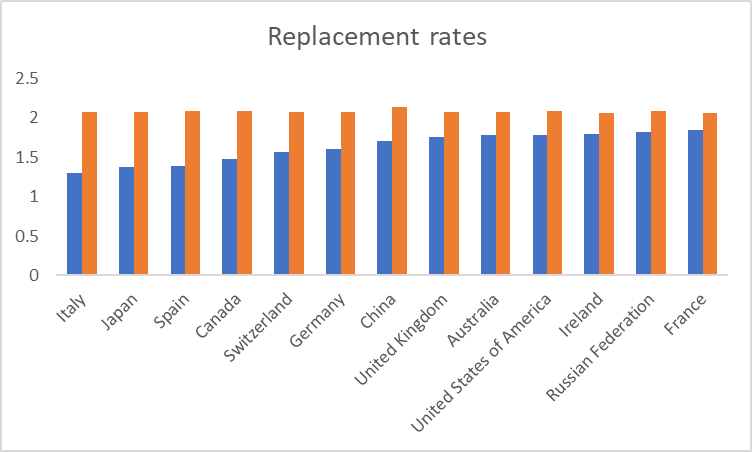
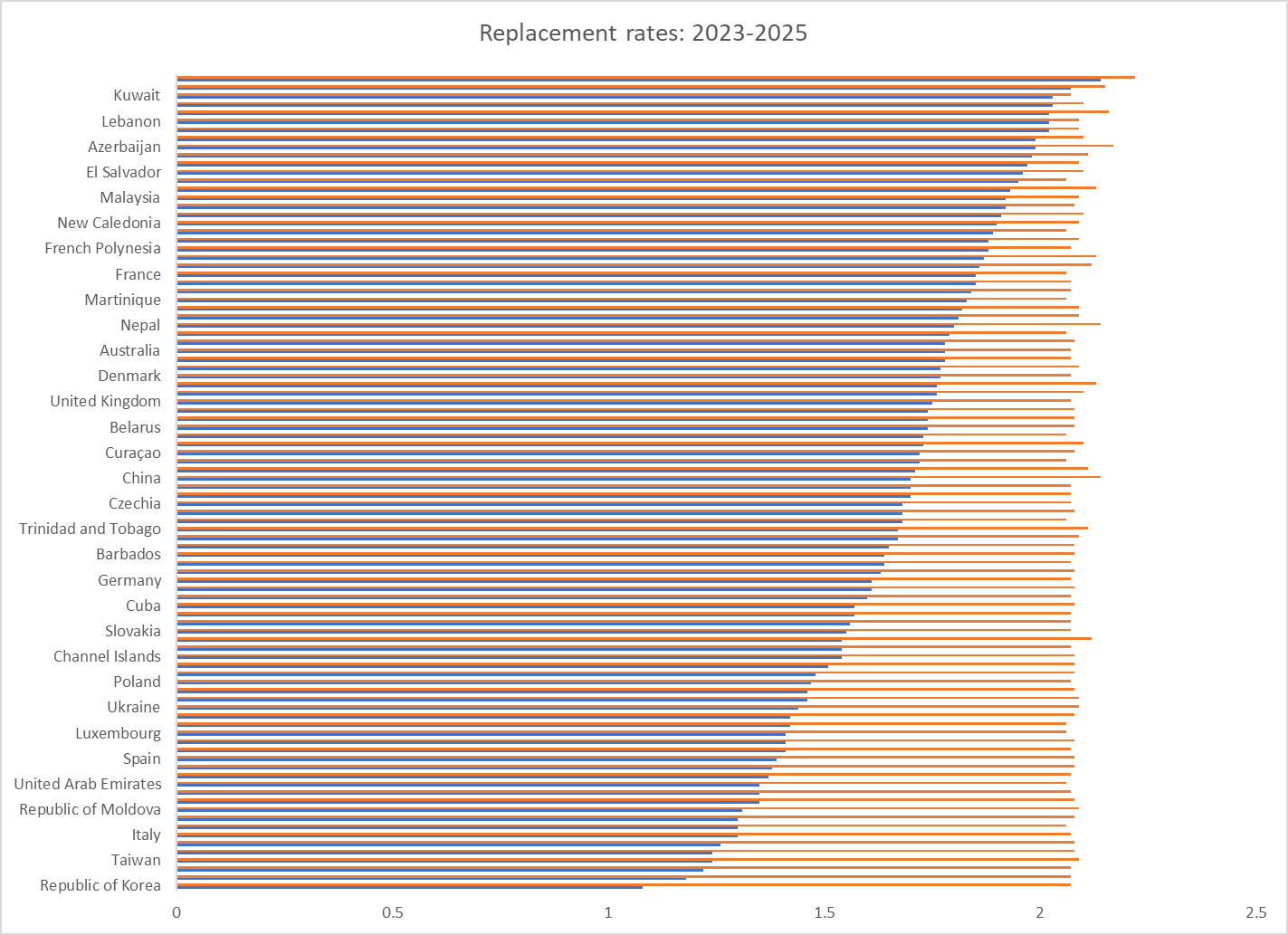
Let’s do a quick exploration of some other trends occurring locally. Perhaps they may provide some insights into why much of humanity, and certainly modernity, seems to have lost interest in reproducing.
-
CreatorTopic
-
AuthorReplies
-
-
March 11, 2023 at 11:31 am #249462
The West adopted liberalism, an ideology that apparently sought to maximize liberation from traditional roles, values, definitions – from tradition itself. The very notion of tradition became a pejorative.
The graphs above demonstrate the modern world’s liberation from reproducing offspring.
Below, data demonstrate the rising trend in single-parent families in Canada.
Data from prior to 2006 would reveal no doubt a significant reversal in the historical trends, where single-parent families would have been much rarer.
Combined with the data chart above, Canada is trending away from multi-child families raised by parents and towards a child raised by a single mother (who is likely working).
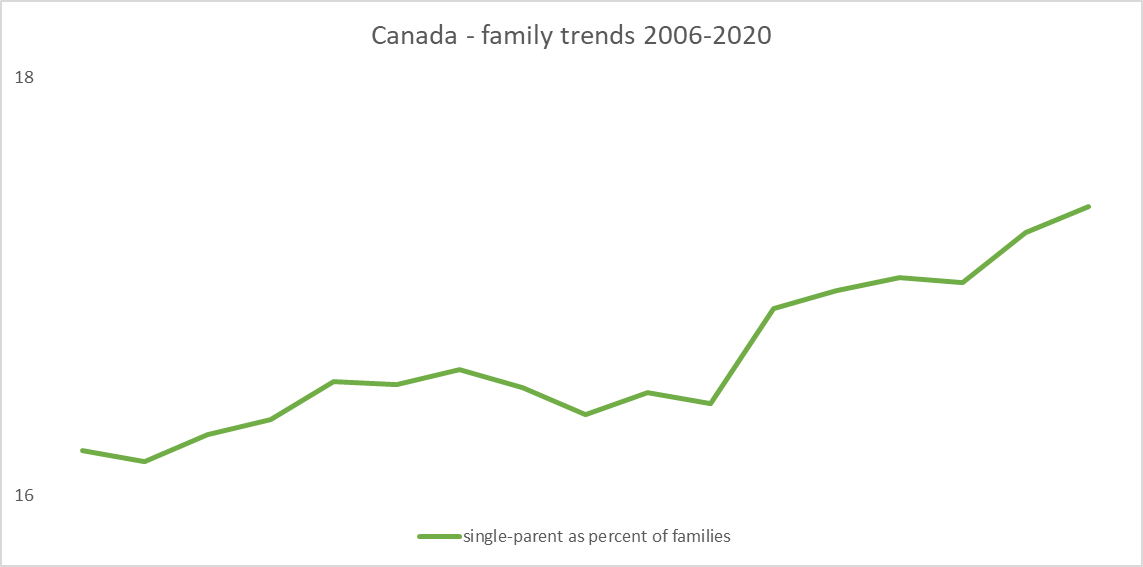
-
March 11, 2023 at 11:38 am #249463
However, the ‘families’ or, to use the modern preferred parlance – ‘partnerships’ – in the above chart mixed traditional marriages with common-law. The chart below demonstrates how Canadian began to much prefer common-law commitments over the constraints of traditional marriages.
Combined with the trends demonstrated in the charts above, we may begin to conclude common-law relationships produce fewer children and traditional marriages produce more.
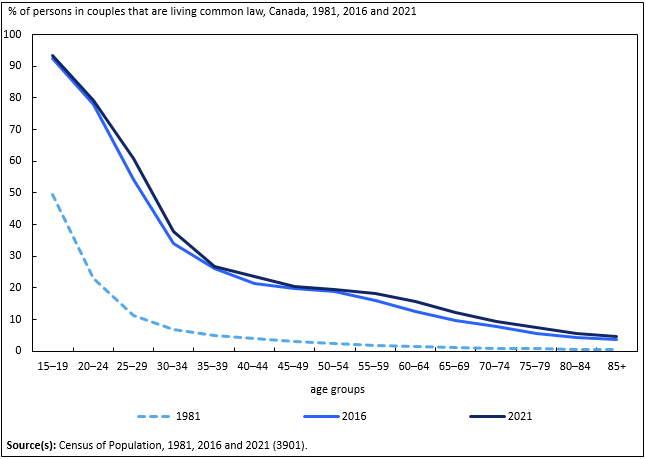
-
March 11, 2023 at 11:49 am #249464
To recap – a strong trend among Canadians is towards the preference of common-law, childless relationships.
Do Canadian common-law partnerships lead to traditional marriages? To help answer that let’s look at Canadian divorce rates.
- This reply was modified 2 years, 9 months ago by Scott Laing.
-
March 11, 2023 at 12:04 pm #249465
Divorces in Canada began taking off during the sexual revolution and women’s liberation (from motherhood) movements of the 1970s. Perhaps there are other factors. For example, the decline of Catholic neighbourhoods and communities.
Spiking in the mid-80s, the relative decline and leveling-off of Canadian divorces may reflect not so much Canadian’s stronger commitments to each other rather than the marked increase in common-law partnerships noted above.
So it would seem common-law partnerships likely do not decline during early adulthood due to couples deciding to get married after living together. Divorce rates remained somewhat consistent while marriages declined. This would seem to suggest traditional marriages were also under siege from liberation ideology.
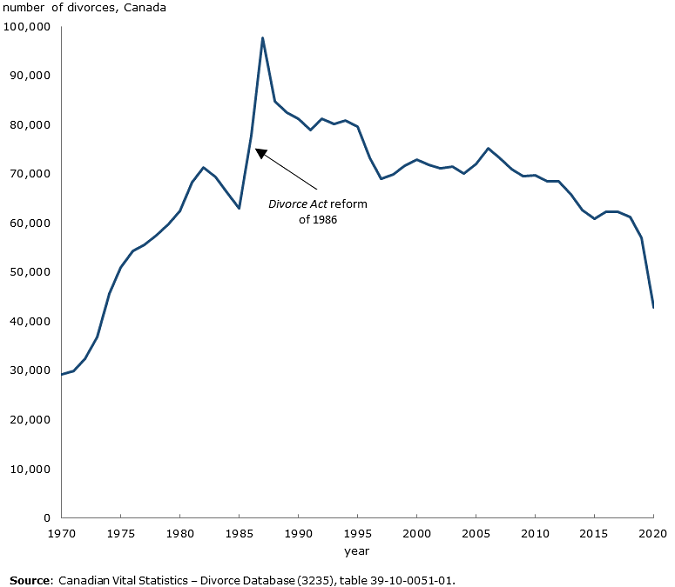
-
March 11, 2023 at 12:51 pm #249466
These tables/charts tell us about Canadian abortion rates. We will assume these trends reveal trends in modern societies. The chart is derived from the table below it.
These data are limited in two ways:
1. Abortion rates would be much lower prior to 2007. Therefore, from a historical perspective, these numbers are at the end of a spike, perhaps similar to that of divorce rates and common-law rates.
2. The years 2011 through 2014 were revised due to accounting measures (newly revealed data). There is reason to suppose that other years may not be fully represented. Nevertheless, this certainly reveals recent trends.
(orange is overall average)
7
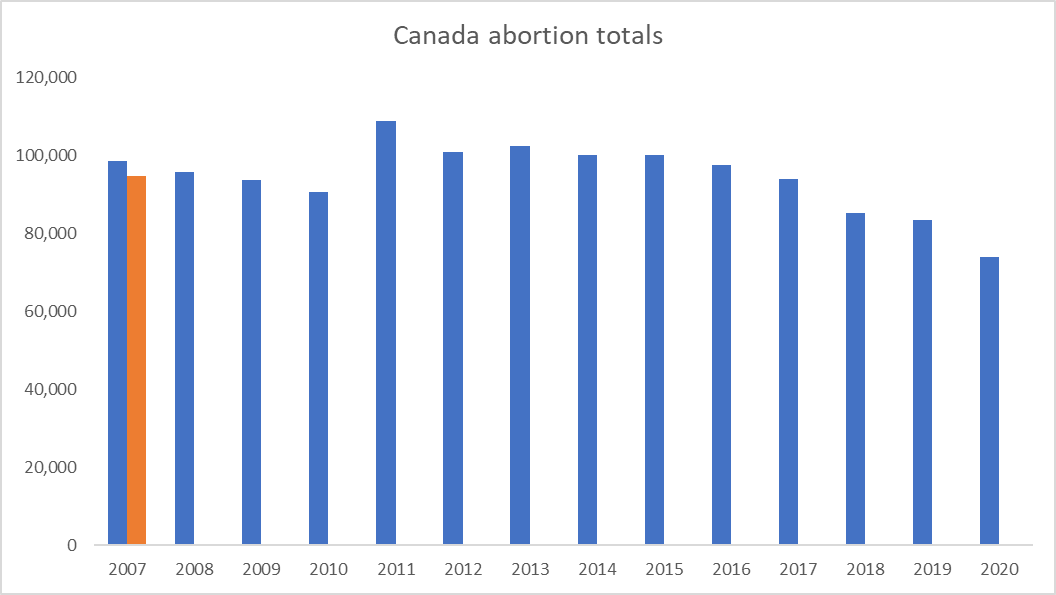

-
March 11, 2023 at 3:01 pm #249468
And yet…
According to the UN, world population is projected to increase.
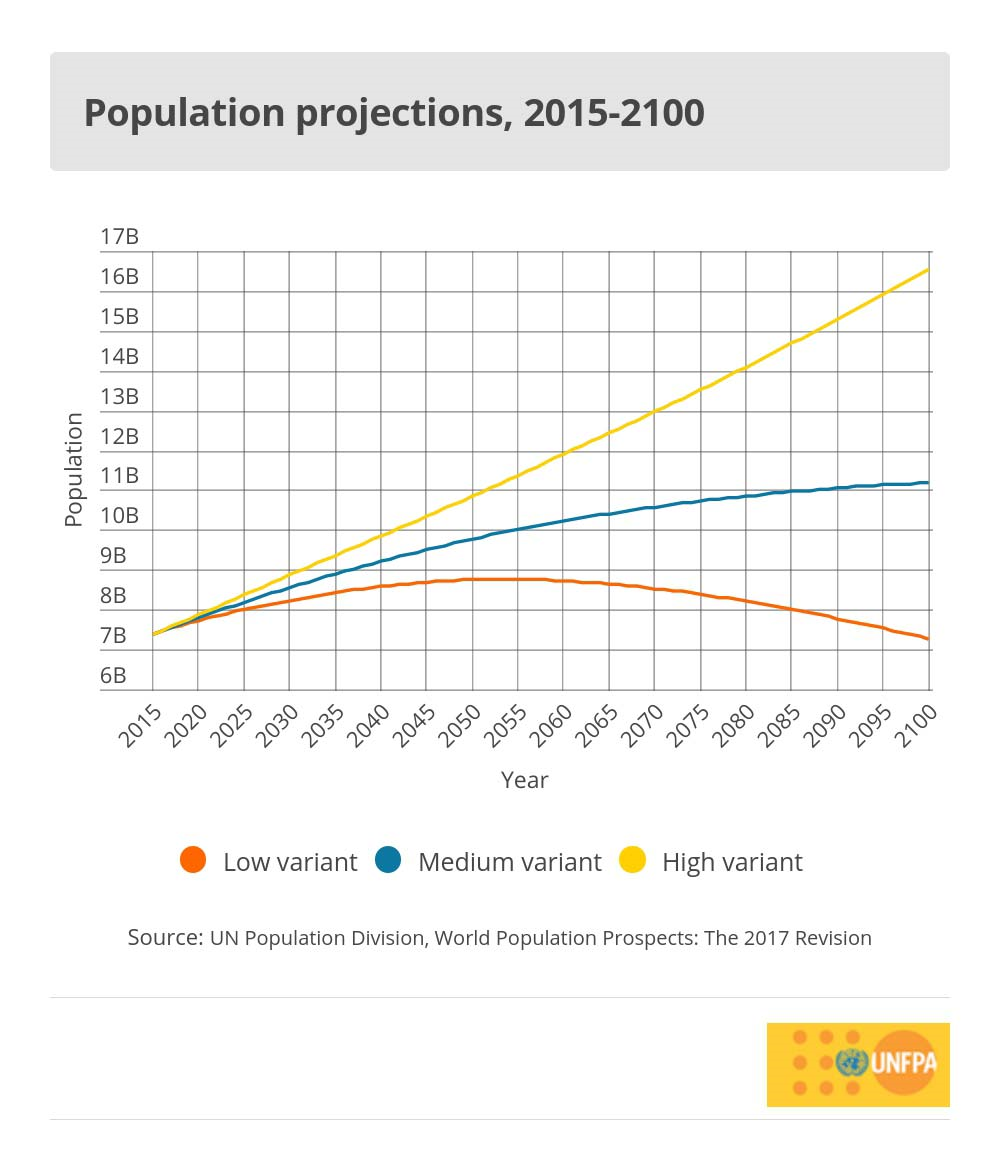
And while acknowledging “n the early 1970s, a woman had on average 4.5 children; by 2021, the average global fertility rate had fallen to 2.3 children per woman”, the UN predicts that due to various unique factors in societal developments the earth could surpass 10b persons by the end of century.
Summation of UN argument:
- general higher standards of living worldwide mean more people survive childhood and live into old age
- certain developing countries are expected to double populations
However, this paragraph is telling:
“Age distribution also affects whether populations expand or contract. Today, there are more adolescents and young people than ever before. As these youth age into parenthood, their strength in numbers will drive continued global population growth, despite falling fertility rates.”
It suggests therefore, there is no need for concern about declining fertility rates (see charts at beginning).
But
- that’s the whole point – as they age into parenthood they will continue current trends: declining fertility rates
- the greatest population boom in recent history was post-war. This claim therefore could only refer to developing world populations.
- Later, in this document, the UN contradicts the quote above, stating that it is solely in Africa where “adolescents and youth” numbers are expected to continue rising while, outside of Africa, all other major population centers are expected to continue declining.
The UN position on negative replacement rates is inadequate and misleading. What it means by overpopulation refers to almost strictly Africa. It completely ignores the shadow side of general higher standards of living. While higher standards contributed to increases throughout much of the 20th century, those increases have coincided with significant cultural changes – change from traditional to modernist/liberalist/secular cultures. These cultures prefer the lifestyles likewise free from traditional norms, values and definitions. There is nothing the modern world can do to change that.
-
March 12, 2023 at 12:14 pm #249475
Timely that you bring this issue up, Scott. I’m currently reading Richerson and Boyd’s book on cultural evolution, ‘Not By Genes Alone’. Towards the end of the book, they bring up the idea of cultural traits that are ‘maladaptions’ in a Darwinian sense. In other words, traits that lead to a reduction in offspring. In those terms, the Western Liberalism constitutes a ‘maladaption’. Obviously if trends continued, humans would go extinct.
The irony is that the trend comes as the human species literally dominates the Earth, with populations and rates of material consumption that simply have no precedent. I, for one, think low fertility is the least of our worries. If we manage to reduce our population to a sustainable level, I’m sure forms of culture will emerge that keep reproduction stable. Anyway, the fertility decline is exactly what we need right now.
-
March 12, 2023 at 2:12 pm #249477
Agree and disagree.
‘Non-sustainability’ is an ideological construct. It floats the narrative that societies must learn to adapt to ever greater restrictions on standards of living. Veblen demonstrated profits can be created through the destruction of production. Recently, CP wrote on how, due to failing differential rates of return globally, corporations will seek to impose differential advantages locally, on national populations via more totalitarian governance.
I predict, with the fuller retraction of the American globalist project, an odd future looms ahead: ever increased local production combined with greater levels of austerity among the working classes. Already that is set in play with the hollowing out of the middle classes throughout North America. However, return to local production threatens to rejuvenate the middle class. That threat will be eradicated as governments impose restrictions blaming resource shortages, climate change, etc. It is all strictly ideological and serves of course the status quo.
However, I agree with the sense at least that the natural order seems to prefer balance, which is what you apply in the notion that decreased population sizes are required to balance strain on the planet. But I disagree with your premise simply because fertility declines have nothing to do with questions of ‘sustainability’. People have stopped reproducing while resources are abundant (and, given the science of what makes a thing a resource, can only remain abundant) and living standards are the highest in known history.
-
-
AuthorReplies
- You must be logged in to reply to this topic.
